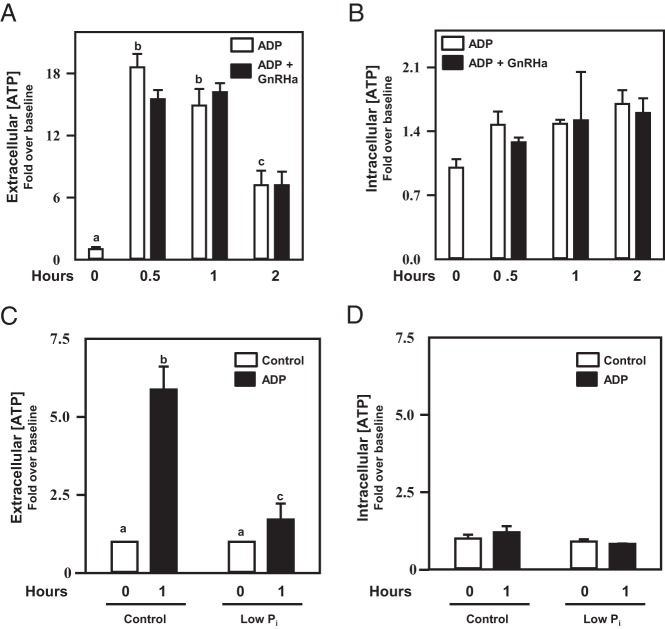Figure 5. αT3–1 cells and normal pituitary synthesize extracellular ATP independent of GnRH treatment.
Studies examined the hypothesis that, if presented with the appropriate substrate (ADP; 10μM), pituitary gonadotropes would synthesize extracellular ATP. A, Extracellular ATP levels increased with the addition of ADP (open bars; P < .05) in cell culture media containing normal levels of Pi in a time-dependent manner in αT3–1 cells. This effect occurred independent of buserelin (GnRH agonist) coadministration (black bars). Cell lysates from these studies were assayed for intracellular ATP levels which did not change with ADP or buserelin treatment (B). Whole-mouse pituitaries were established in explant culture overnight, washed, and then treated with ADP in the presence or absence of Pi in the media and extracellular (C) and intracellular (D) ATP levels were assayed after 1 hour of treatment. Addition of ADP to the culture media resulted in an increase (P < .05) in extracellular ATP levels that was blunted when media were deficient in Pi. Intracellular ATP levels did not change during the course of this study. Differing letters depicted over bars within a study designate statistical significance (P < .05).

